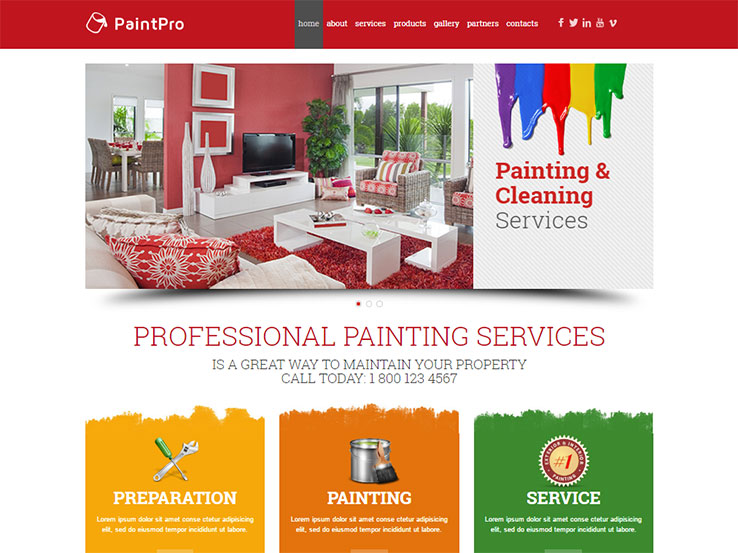How Do The Ideal Shades Impact Your Brand'S Appeal In Industrial Exterior Paint? Discover The Necessary Factors That Assist Your Selections
How Do The Ideal Shades Impact Your Brand'S Appeal In Industrial Exterior Paint? Discover The Necessary Factors That Assist Your Selections
Blog Article
Short Article By-Joyce Rojas
When it comes to business external painting, the shades you pick can make or break your brand name's allure. Comprehending just how different colors influence perception is crucial to bring in clients and constructing count on. However it's not nearly individual preference; neighborhood trends and laws play a substantial role also. So, just how do you locate the excellent equilibrium between your vision and what reverberates with the community? Let's explore the essential aspects that assist your shade choices.
Recognizing Shade Psychology and Its Impact on Organization
When you choose shades for your company's exterior, recognizing shade psychology can substantially influence exactly how potential customers view your brand.
Colors stimulate emotions and set the tone for your business. As an example, blue frequently communicates depend on and professionalism and trust, making it perfect for financial institutions. Red can develop a feeling of urgency, perfect for restaurants and clearance sales.
On the other hand, environment-friendly represents growth and sustainability, appealing to eco-conscious customers. Yellow grabs interest and sparks positive outlook, but excessive can overwhelm.
Consider your target audience and the message you want to send. By picking the ideal shades, you not just boost your curb appeal but likewise straighten your image with your brand name worths, inevitably driving consumer involvement and loyalty.
Studying Citizen Trends and Regulations
Exactly how can you guarantee your outside paint selections reverberate with the community? Beginning by looking into regional patterns. Go to nearby services and observe their color schemes.
Bear in mind of what's preferred and what feels out of location. This'll aid you align your options with community aesthetics.
Next off, check neighborhood regulations. home exterior paint fort worth tx have guidelines on exterior shades, especially in historic districts. You don't intend to spend time and money on a palette that isn't compliant.
Engage with local entrepreneur or neighborhood groups to gather understandings. They can give valuable responses on what shades are favored.
Tips for Integrating With the Surrounding Atmosphere
To develop a natural look that mixes effortlessly with your surroundings, think about the natural surroundings and building styles close by. Begin by observing the colors of close-by structures and landscapes. Earthy tones like greens, browns, and low-key grays commonly function well in all-natural settings.
If your building is near dynamic city areas, you may pick bolder tones that reflect the local power.
Next off, consider the building style of your structure. Typical styles might gain from timeless colors, while modern layouts can accept modern palettes.
Test your color choices with samples on the wall surface to see how they communicate with the light and atmosphere.
Ultimately, keep in mind any neighborhood standards or community looks to guarantee your choice enhances, as opposed to clashes with, the environments.
Final thought
Finally, choosing the appropriate colors for your business exterior isn't practically appearances; it's a calculated choice that influences your brand's perception. By using shade psychology, considering regional patterns, and making sure consistency with your environments, you'll create an inviting atmosphere that brings in customers. Don't fail to remember to check examples prior to dedicating! With https://www.bobvila.com/articles/best-house-painters/ , you can elevate your organization's curb allure and foster lasting consumer interaction and loyalty.
